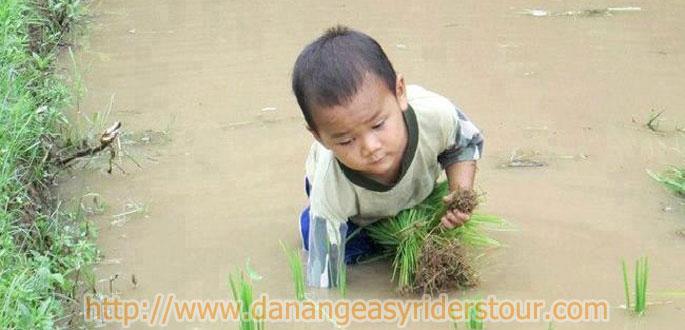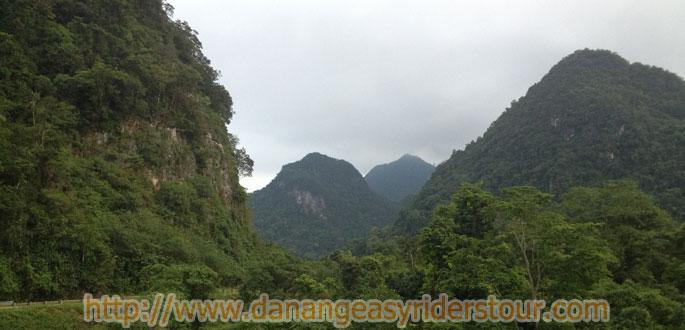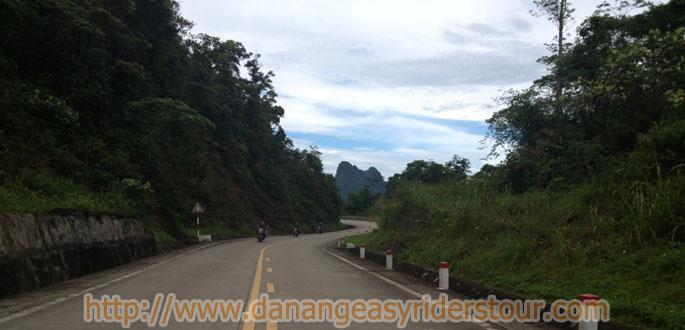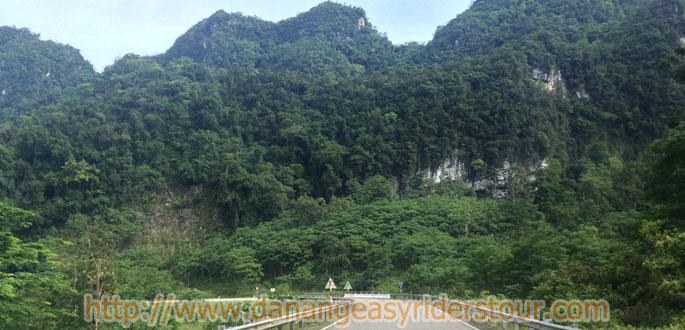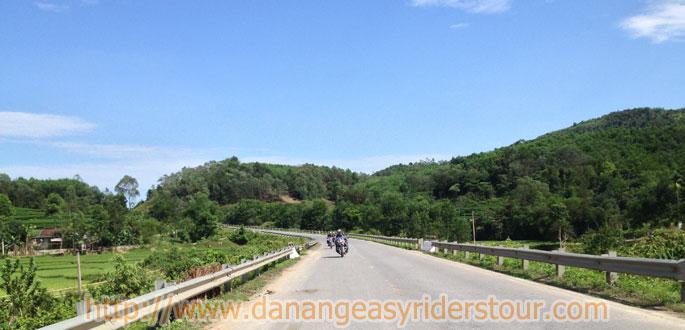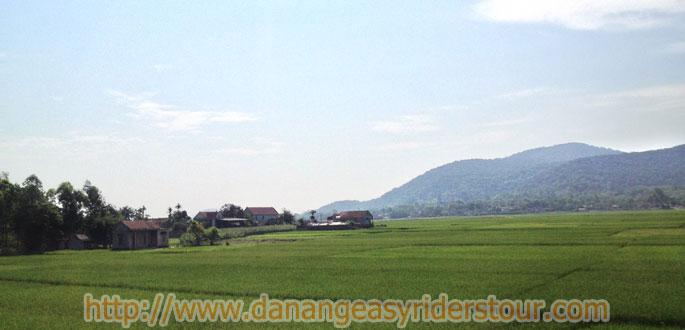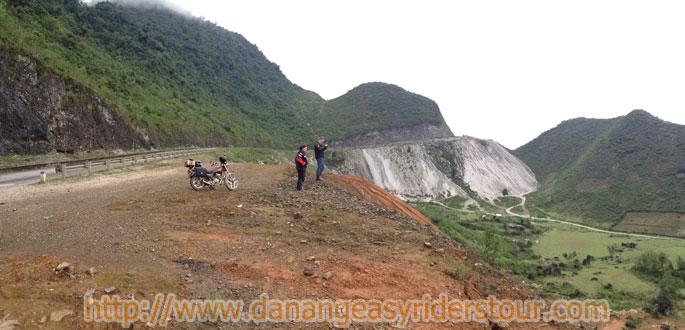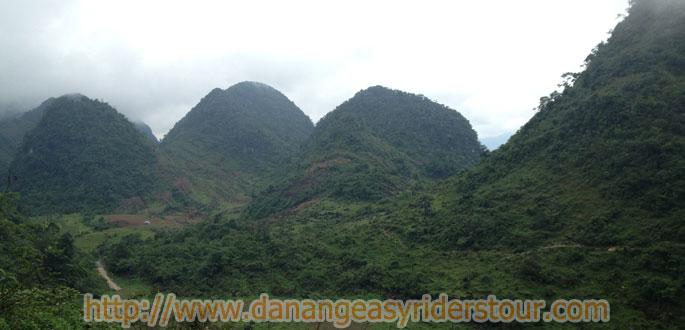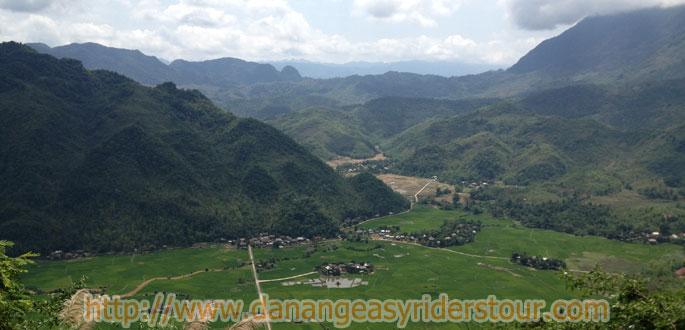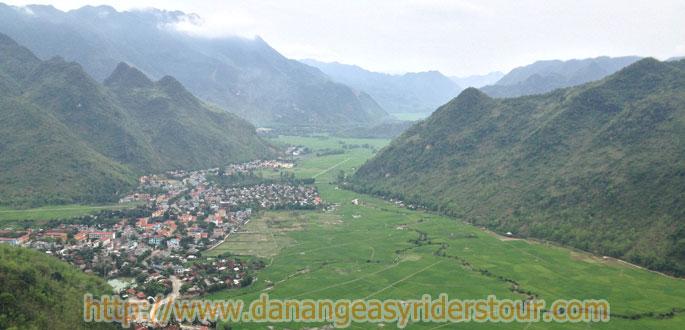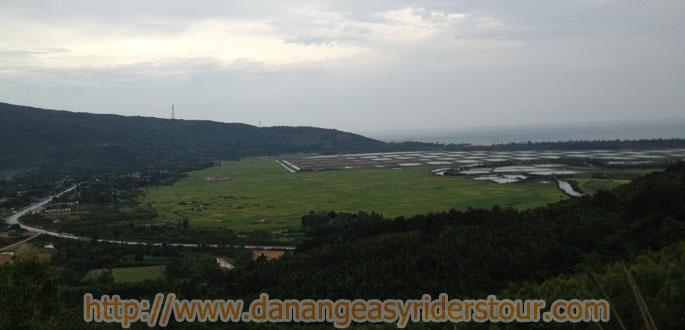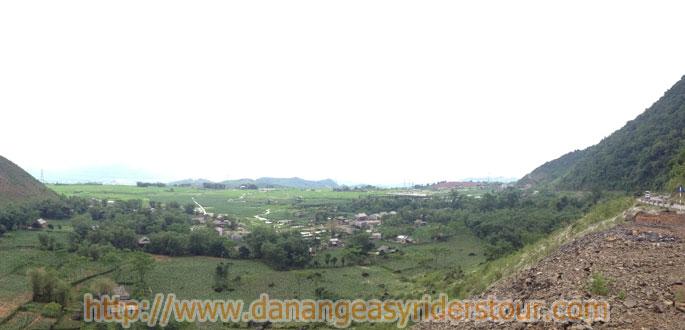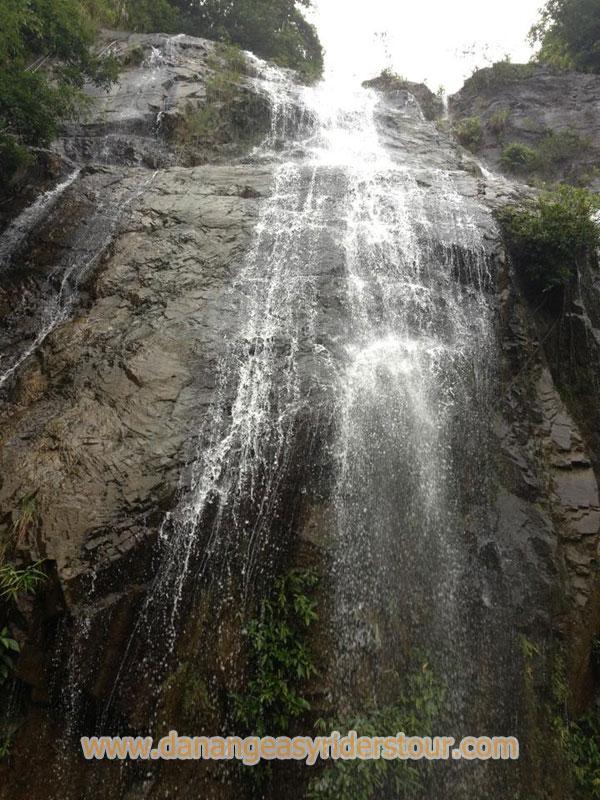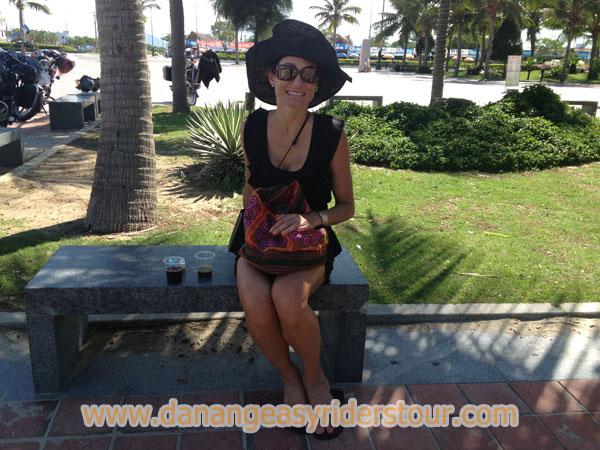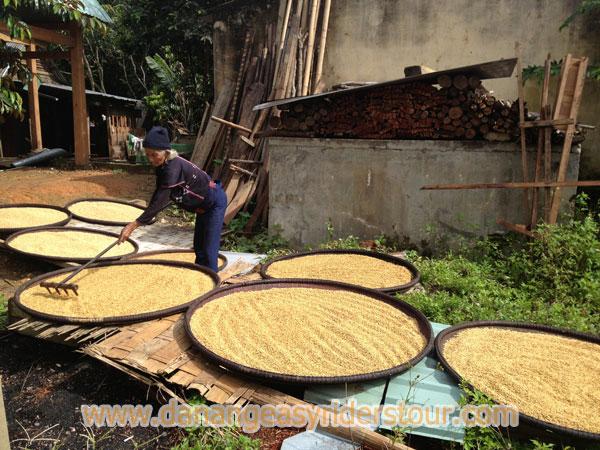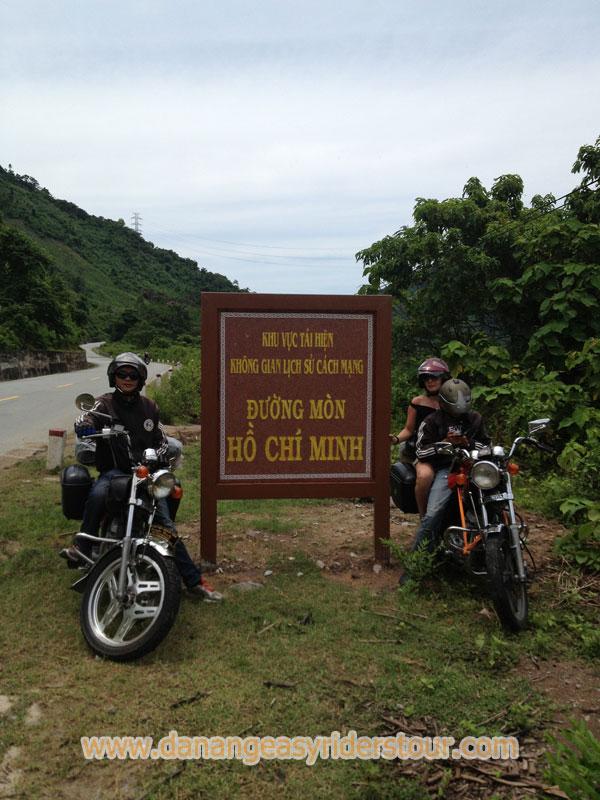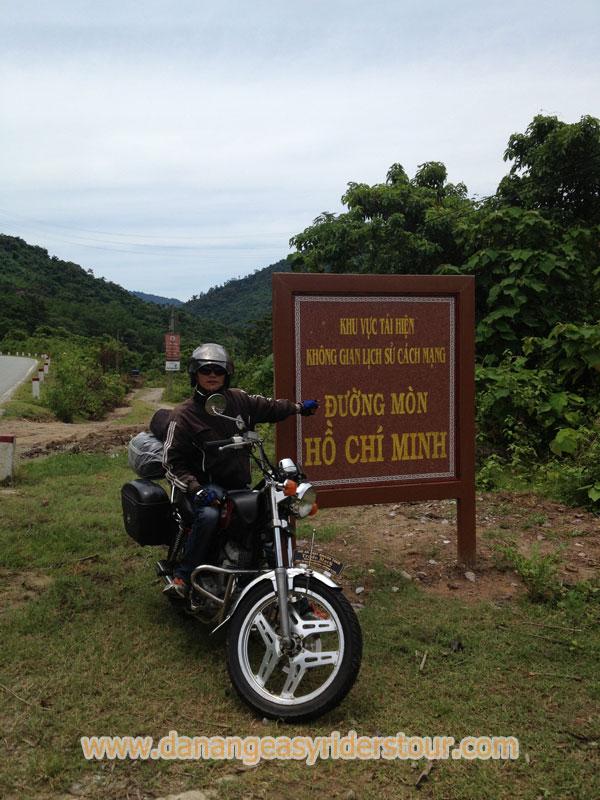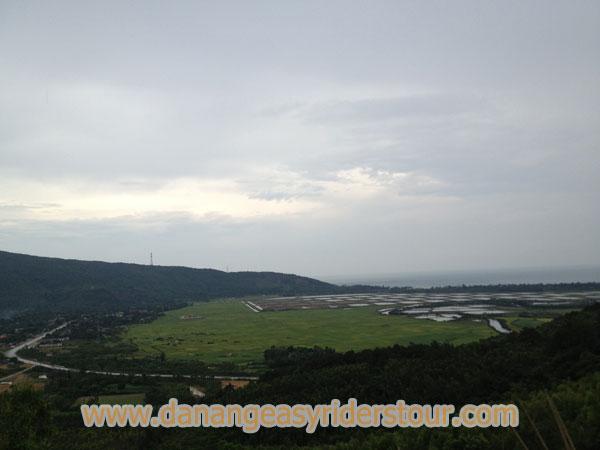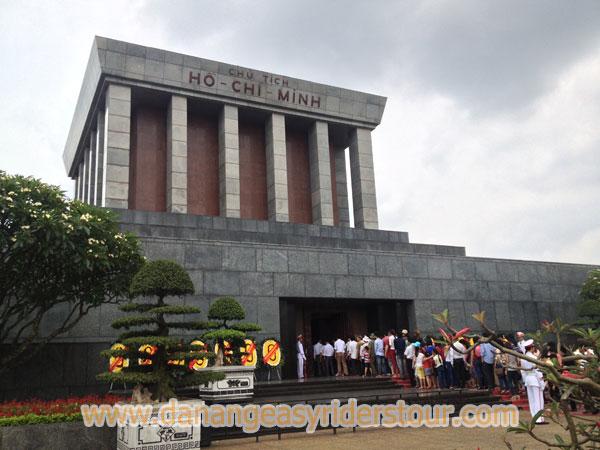The true fruit of the cashew tree is a kidney or boxing-glove shaped drupe that grows at the end of the cashew apple. The drupe develops first on the tree, and then the pedicel expands to become the cashew apple.
Cashew Nut
Within the true fruit is a single seed, the cashew nut. Although a nut in the culinary sense, in the botanical sense the nut of the cashew is a seed. The seed is surrounded by a double shell containing an allergenic phenolic resin, anacardic acid, a potent skin irritant chemically related to the more well known allergenic oil urushiol which is also a toxin found in the related poison ivy. Properly roasting cashews destroys the toxin, but it must be done outdoors as the smoke (not unlike that from burning poison ivy) contains urushiol droplets which can cause severe, sometimes life-threatening, reactions by irritating the lungs. People who are allergic to cashew urushiols may also react to mango or pistachio which are also in the Anacardiaceae family. Some people are allergic to cashew nuts, but cashews are a less frequent allergen than nuts or peanuts.




